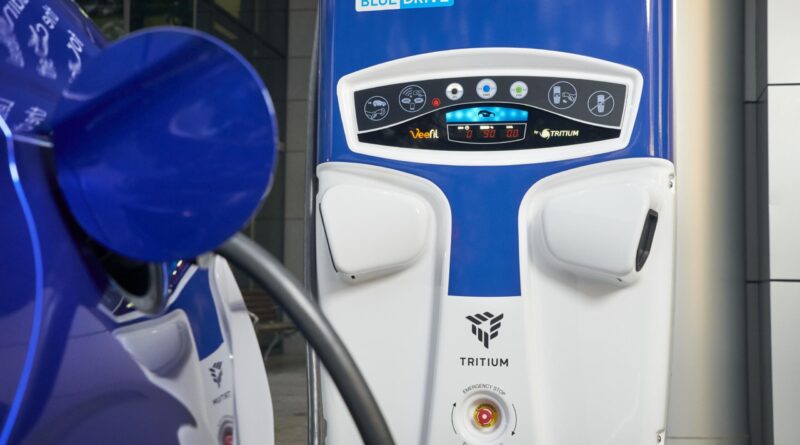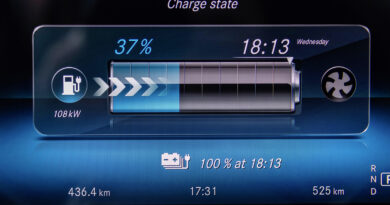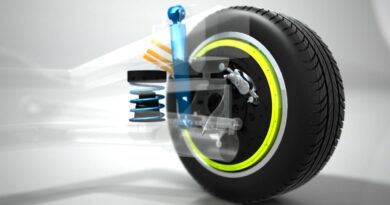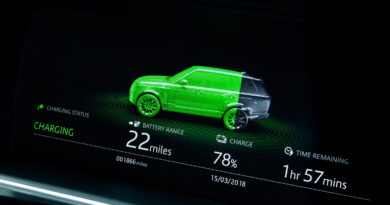What’s the difference between AC and DC charging?
AC slow. DC fast.
AC (alternating current) charging, is what you do from a home wallbox or, if there’s no alternative, a household powerpoint.
While easy to find and convenient to use, powerpoints can provide no more than 2.4kW of power. This is slow, like refilling a fuel tank through a drinking straw. For an EV with a large battery pack, this is impractical. According to Mercedes-Benz it will take almost 47 hours to fully charge an EQC with a completely drained battery pack.
Using a wallbox speeds things up considerably. These deliver 7.4kW to 22kW, depending on the wiring in your house and the wallbox you’ve purchased. However, the maximum rate for AC charging is determined not by the wallbox, but by the capacity of the EV’s on-board charger. That EQC, for example, is limited to 7.4kW.
DC (direct current) means much higher power outputs and really rapid charging.
In Australia there are some public 350kW charging stations, which can deliver an 80 percent charge in the time it takes for a typical coffee and comfort stop at a motorway service centre. More common are 50kW or 150kW DC fast chargers.
But there’s a catch. The EV must be able to cope with really high charging power. While the charging station may be able to provide lots of power, the car will also have a limit on how much electricity it will accept. The latest EVs are usually limited to about 100kW while DC charging, while smaller and older EVs are often limited to 50kW.
Read all our electric car advice and FAQ.




